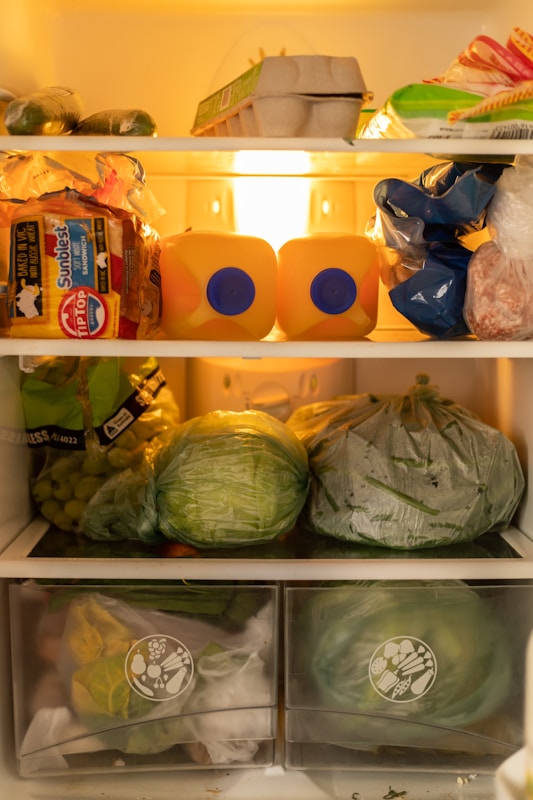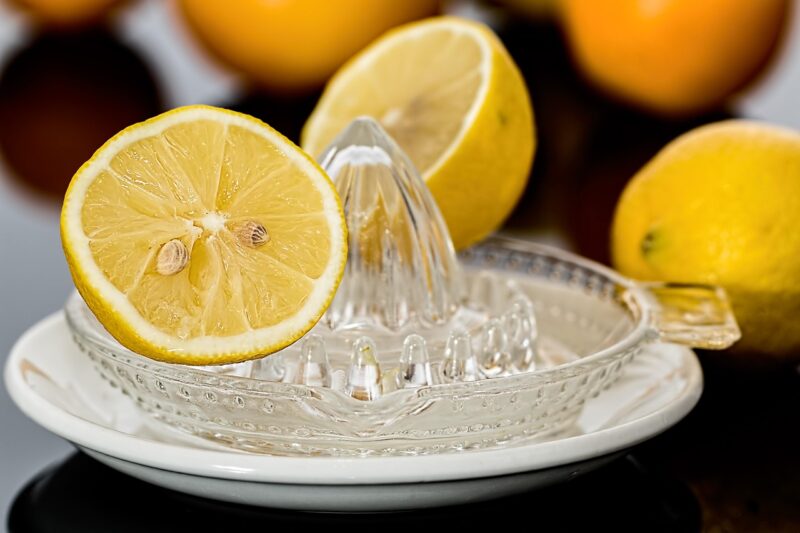In this in-depth guide, we’ll explore the various methods and practices that not only extend the shelf life of lettuce but also maintain its flavor, texture, and nutrient content.
Understanding Lettuce’s Lifespan
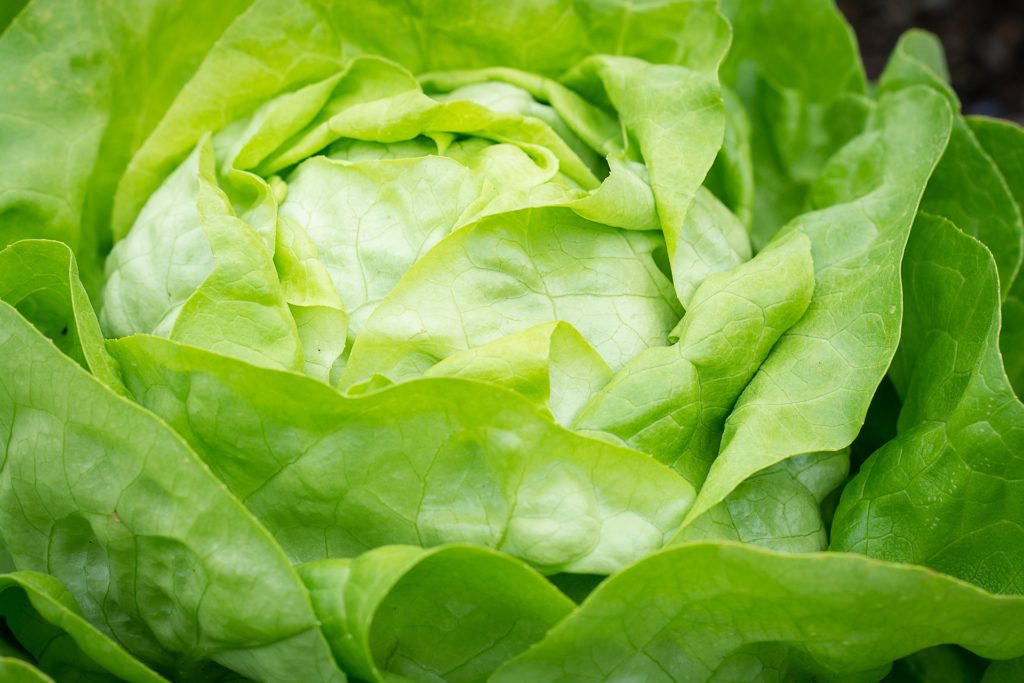
Before we delve into preservation methods, it’s essential to understand what affects the shelf life of lettuce. Lettuce, like many fresh greens, consists primarily of water—about 95% by weight—which makes it particularly perishable. Various factors influence its longevity, including:
Temperature: Lettuce thrives in cooler environments. A temperature too high can lead to wilting, while freezing can damage the texture.
Humidity: Excess moisture can lead to mold, while too little can cause the leaves to dry out.
Ethylene Gas: Certain fruits, like apples and bananas, emit ethylene gas. This hormone can lead to premature spoilage in sensitive vegetables like lettuce.
Storing lettuce appropriately involves creating an environment that reduces these negative influences, enabling you to enjoy fresh, crisp greens for longer.
Selecting Fresh Lettuce
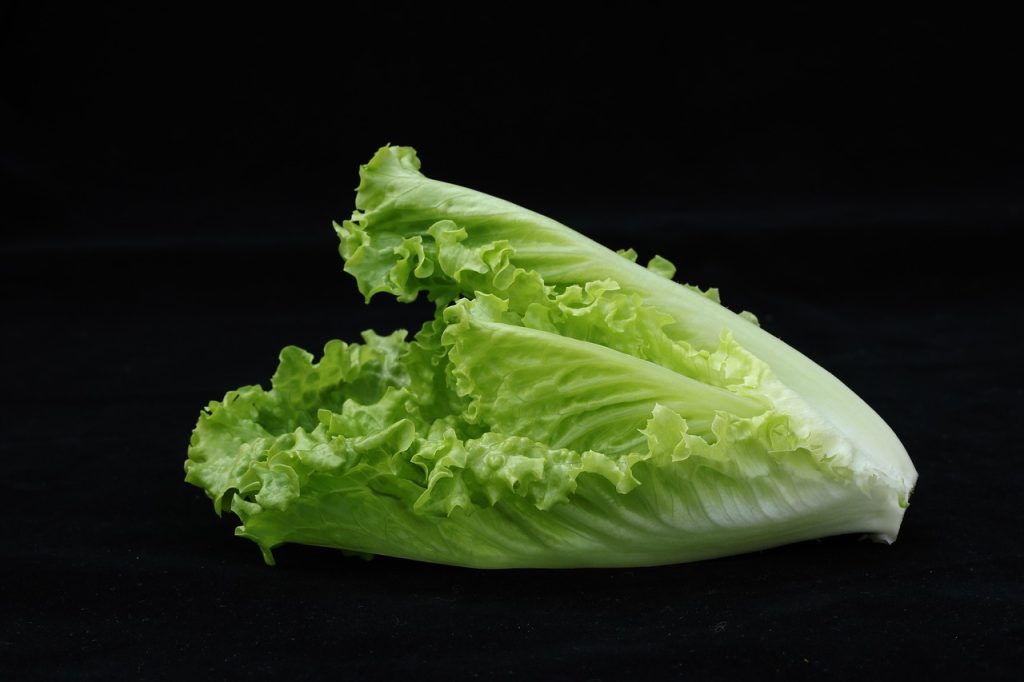
Before you can preserve lettuce, it’s crucial to start with the best quality greens. When purchasing lettuce, consider these tips:
Visual Inspection: Choose heads that are crisp with vibrant, green leaves. Avoid those with yellowish, wilted, or brown spots.
Feel: Fresh lettuce should feel firm and heavy for its size. If it feels limp or lightweight, it may be on the verge of spoiling.
Type of Lettuce: Different varieties have different shelf lives. Iceberg and romaine tend to last longer than more delicate varieties like butter lettuce.
Taking the time to choose high-quality lettuce is an investment that pays off when it comes to preservation.
Washing and Drying: The First Steps in Preservation
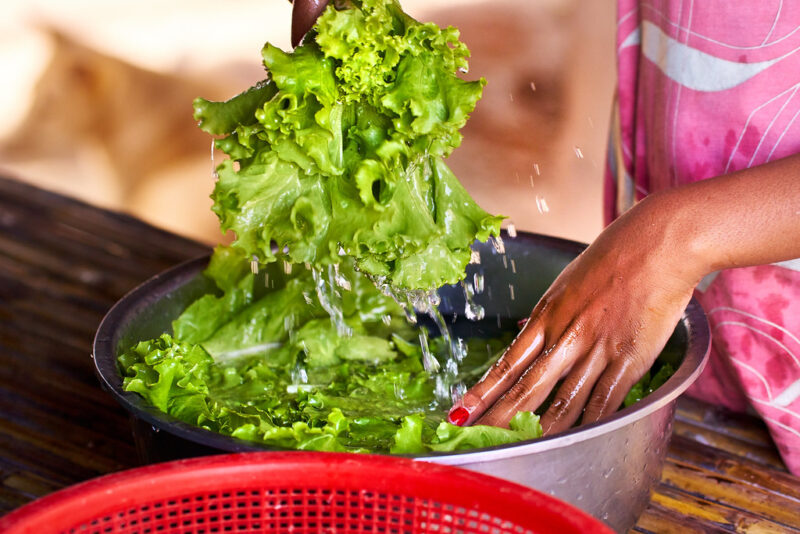
Washing lettuce is often necessary to remove dirt and potential pests, but it’s essential to do this properly to ensure longevity.
Gentle Rinse: Use cool water to rinse the leaves thoroughly but gently. This helps remove any contaminants while avoiding bruising.
Soaking: For particularly dirty lettuce, a quick soak in a bowl of cold water can help dislodge stubborn dirt.
Drying: This step is vital. After washing, shake off excess water and use a salad spinner to get rid of moisture. If you don’t have a spinner, lay the leaves on a clean kitchen towel and pat them dry. The goal is to remove as much moisture as possible, as excess water can promote spoilage.
Packaging for Longevity
Once your lettuce is clean and dry, packaging it correctly is crucial for prolonging its lifespan. Here are some effective methods:
Use Airtight Containers
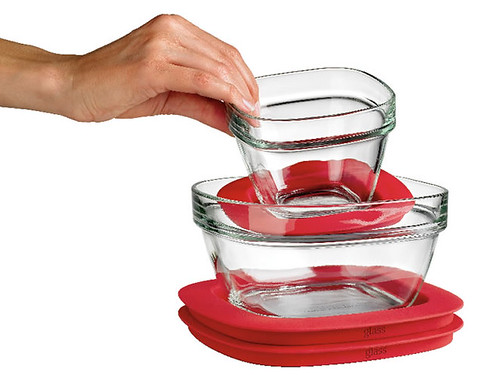
Airtight containers can play a significant role in preventing moisture loss while protecting lettuce from exposure to air, which can lead to wilting and oxidation.
Layering with Paper Towels: Place a few layers of paper towels in the container before adding the lettuce. This will absorb any excess moisture. Make sure to place another layer of paper towels on top before sealing.
Glass vs. Plastic: While both glass and BPA-free plastic containers work, glass tends to be more airtight and is also better for the environment.
Ziplock Bags and Plastic Wrap
If you find yourself without containers, don’t fret! Ziplock bags can be an efficient alternative.
Remove Air: After placing lettuce in a Ziplock bag, squeeze as much air as possible out before sealing it. You can also use a straw to suck out excess air—a little trick that works wonders.
Plastic Wrap: Wrapping individual heads or small batches tightly in plastic wrap allows for flexibility in storage. Just be cautious, as too tight a seal without air can lead to moisture build-up.
Storing Lettuce in the Fridge
The refrigerator is typically the best place for storing lettuce, but knowing how to set it up can make all the difference.
Crisper Drawer: This drawer is designed to maintain humidity levels appropriate for greens. If you have an adjustable humidity drawer, set it to a higher humidity for lettuce.
Temperature Settings: Keep your refrigerator at or below 40°F (4°C) to ensure lettuce remains fresh. Remember to check and adjust your fridge’s settings as necessary.
Different Preservation Techniques
There are several methods to preserve lettuce beyond just proper storage. Each has its own set of advantages and can be tailored to your eating habits and culinary creativity.
Blanching and Freezing
While it might seem unconventional, blanching and freezing can effectively preserve certain types of lettuce:
Blanching: Boil water and immerse the lettuce leaves for about 1-2 minutes. This process stops enzyme actions which can cause loss of flavor, color, and texture. Follow this with an immediate plunge into ice water to halt the cooking process.
Freezing: Once cooled and patted dry, chop the lettuce into bite-sized pieces, spread them on a baking sheet, and freeze until solid. Afterward, transfer them to a freezer bag. Use frozen lettuce in soups or smoothies, where texture is less critical.
Pickling
For a creative twist, consider pickling your lettuce! While this method doesn’t preserve freshness in the traditional sense, it offers a zesty and delicious way to enjoy your greens.
Quick Pickles: Slice lettuce into manageable pieces and place them in a jar. Heat a mix of vinegar, water, sugar, and salt until dissolved, then pour over the lettuce. After letting it marinate in the fridge for a day or two, you’ll have tangy pickled lettuce to elevate sandwiches and salads.
The Role of Ascorbic Acid
Ascorbic acid, or vitamin C, serves a dual purpose in preserving lettuce. It not only helps to prevent enzymatic browning—a common issue that can affect the appearance and taste of greens—but also offers health benefits.
Lemon Juice Spritz: A light misting of lemon juice on your washed lettuce can help maintain coloration and freshness. The citric acid creates a barrier to oxidation.
Soaking in Citric Acid Solutions: For longer storage, consider soaking lettuce for a minute in a solution of water and lemon juice or powdered ascorbic acid before rinsing and drying. This not only helps keep the lettuce fresh but also adds a pleasant hint of citrus.
Recognizing Spoiled Lettuce

Despite your best efforts at preservation, sometimes lettuce doesn’t make it. Learning to recognize spoiled lettuce can save you from the disappointment of biting into a slimy salad.
Visual Cues: Brown spots, slimy leaves, and a generally limp texture are all signs that lettuce has begun to spoil.
Smelling: A sour or unpleasant odor can signal that the greens are no longer safe to eat.
Taste Test: If in doubt, a tiny taste can often clarify whether or not the lettuce remains edible. Fresh lettuce has a mild, crisp flavor, while spoiled lettuce tends to be bitter and unpleasant.
Creative Uses for Leftover Lettuce

The beauty of lettuce lies in its versatility. If it does start to lose its prime form, don’t rush to throw it away! Here are some creative uses for leftover or slightly wilted lettuce:
Smoothies: Blend wilting lettuce into smoothies for added nutrients without flavor intrusion.
Soup and Broth: Incorporate it into broths or soups; the cooking will revive the flavors and help you reduce waste.
Wraps: Use larger leaves as wraps for sandwiches or fillings instead of bread.
Each of these options allows you to salvage your lettuce while enjoying its benefits.
Conclusion: Embracing Lettuce Preservation as a Practice
Preserving lettuce goes beyond simple food storage—it’s about cultivating a mindset focused on minimizing waste and maximizing flavor in your culinary creations. By understanding the unique characteristics of lettuce, employing effective preservation methods, and creatively using leftovers, you can enhance your meals while being mindful of the resources involved in food production.




